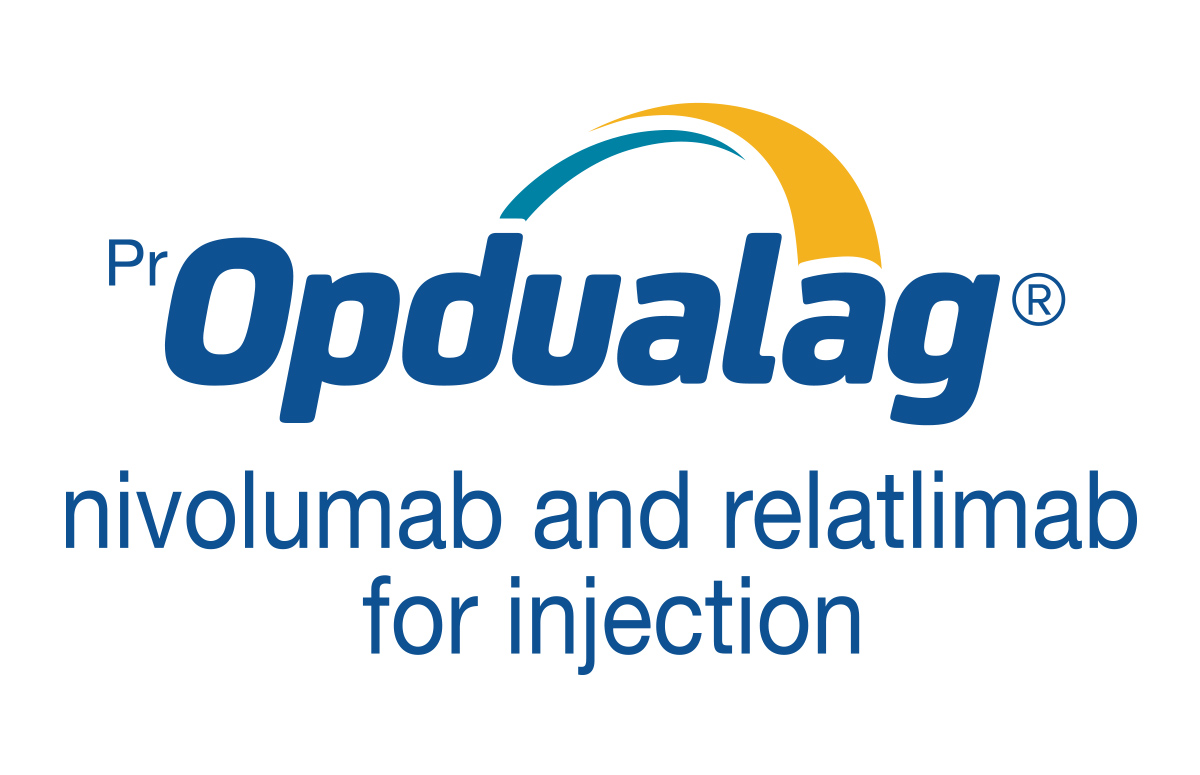A COMBINATION OF NIVOLUMAB (ANTI-PD1)
AND RELATLIMAB (ANTI-LAG-3)1*

Relatlimab binds to the LAG-3 receptor, blocking its interactions with ligands:
• Reduces LAG-3 pathway-mediated inhibition of immune response
• Promotes T-cell proliferation and cytokine secretion
Nivolumab binds to the PD-1 receptor, blocking its interactions with PD-L1 and PD-L2:
• Reduces PD-1 pathway-mediated inhibition of the immune response, including the anti-tumour immune response
The combination of nivolumab and relatlimab results in increased T-cell activation compared to the activity of either antibody alone.1†
LAG-3: lymphocyte activation gene 3; MHC: major histocompatibility complex; PD-1: programmed cell death receptor-1; PD-L1: programmed death-ligand 1; PD-L2: programmed
death-ligand 2.
* Clinical significance unknown.
† In vitro data.
